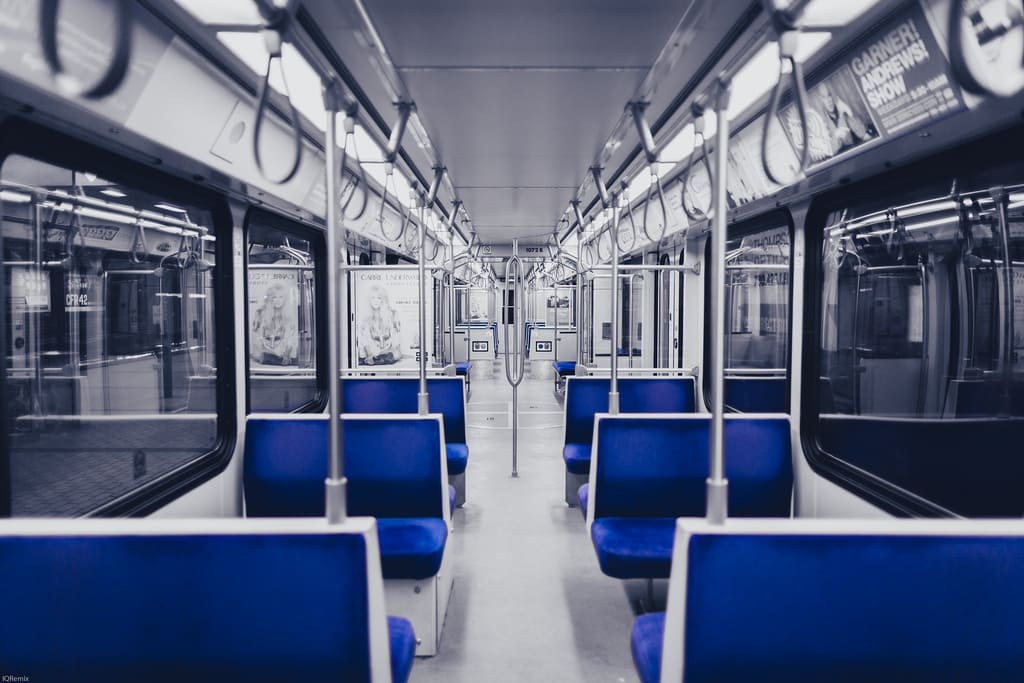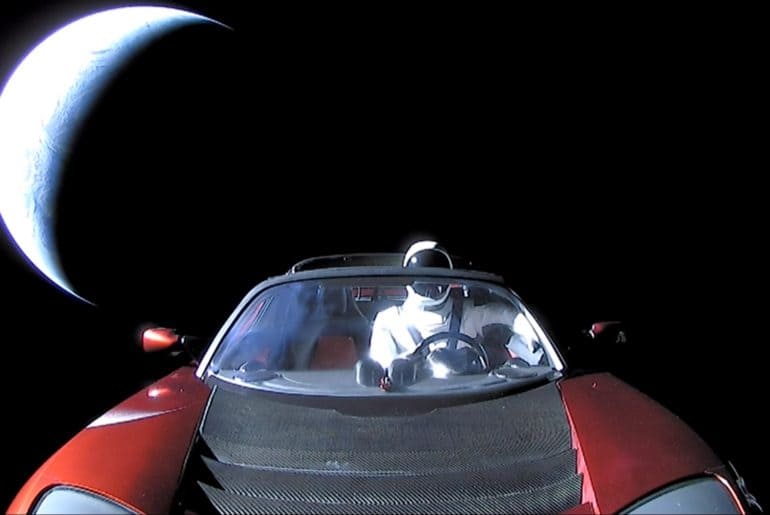
The Toronto Transit Commission (TTC) board will meet on Thursday to discuss ridership — how to move customers more reliably, make public transit seamless, and innovate for the future.
It’s a big topic. The TTC doesn’t just want to retain their current ridership. According to the TTC, ridership hasn’t grown since 2014, with about 535 millions trips each year. They want to see it grow along with the changing network.
“Over the past decade, major shifts in demographics, travel behaviour and technology have changed how people travel in cities,” the report reads. “The transportation system has shifted from a traditional model of owning a car or using public transit, to a “mobility as a service” system where one either owns their car or accesses a sharedcar/bike alternative.”
The goal of the TTC will be to focus on reliability, mobility, and innovation in order to increase ridership. To do this, the board will approve three initiatives:
- Provide more surface routes to relieve overcrowding on busses
- Implement two-hour transfers
- Implement a discounted fare for PRESTO customers combining TTC and Go Transit/UP trips.
These three initiatives were discussed months ago by the board, as well as city councillors, so chances are they will pass at the meeting this Thursday. Other ideas mentioned in the report include a U-Pass for students, partnering with car-sharing services, and launching public awareness campaigns.
The board will also discuss a corporate strategy that will create a five-year plan “to be a transit system that makes Toronto proud.” This plan focuses on moving transit quickly, including looking at measures similar to the King St. Pilot to relieve congestion on certain routes under the Surface Transit Priority Plan. “Measures that keep transit moving include dedicated right-of-way like we currently have on the 510 Spadina and 512 St. Clair streetcars: queue jump lanes that let transit bypass other traffic at key intersections and traffic signal priority, which reduces dwell times for TTC vehicles by holding green signals longer or shortening red signals.”
There is also a goal to be 100 per cent emissions free by 2042!

